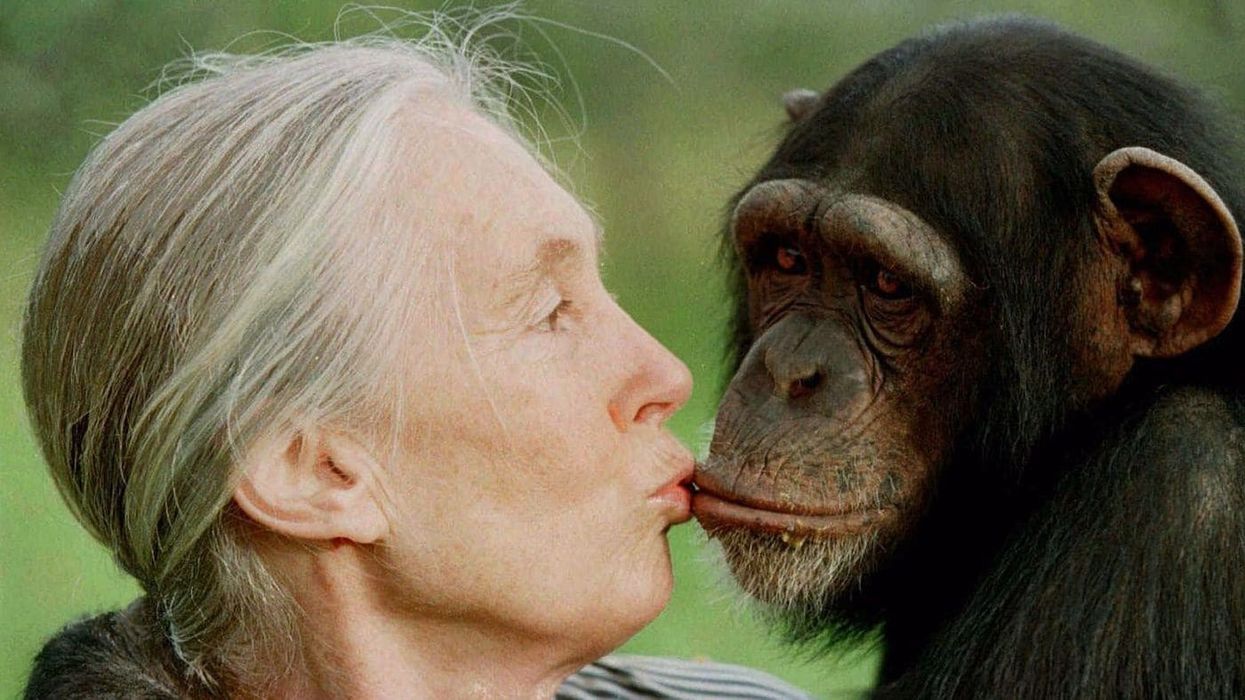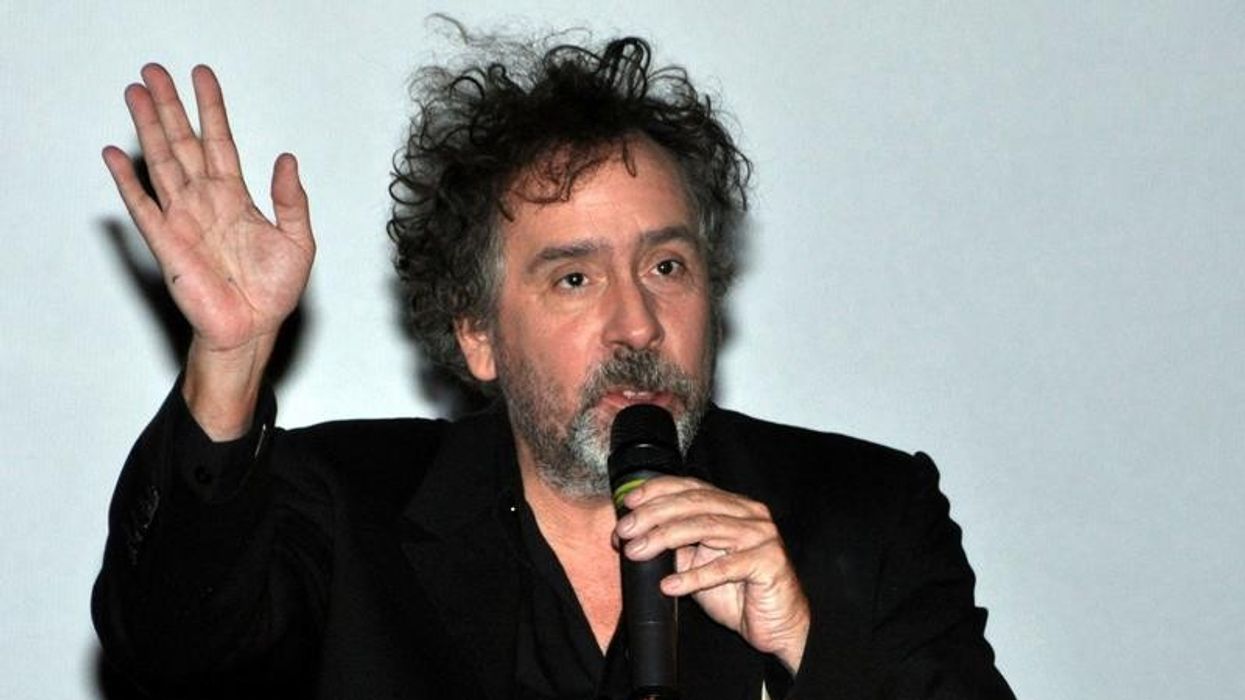Errol Morris and More Filmmakers on How to F*ck With Conventions and Find Your Own Visual Style
Vérité style has long been the cornerstone of documentary filmmaking, with few strong exceptions.

“Errol Morris was the only one doing documentaries as cinema,” director Brett Morgen said at the DOC NYC PRO panel, Finding The Style for the Story.
“I didn’t come out of direct cinema,” Morris responded. “I watched films: Herzog films, movies with narrative elements…films that were somewhere between art films and something else…Roger Ebert asked me to define the difference between fiction and non-fiction and I told him two zeros.”
Morris, at DOC NYC with films The B-Side: Elsa Dorfman’s Portrait Photography and Wormwood, is known for using various styles to construct—and call to the forefront of the filmmaking—the realities he presents in his films. One of his most famous inventions is the Interrotron, which allows the person being interviewed to look directly at the camera lens and see the interviewer’s face projected, thus enabling the interview to be one of shared eye contact, and for the movie-viewer to feel as though the subject is speaking to her or him directly. With his current project, The B-Side, Morris employs wide angles, canted frames, and slow dolly moves in his storytelling.
"Roger Ebert asked me to define the difference between fiction and non-fiction and I told him two zeros."
“When I made my first film, Gates of Heaven, you had these documentary rules,” Morris recalled. “Use available light. The camera should be handheld. Don’t move anything in the frame. And on and on.”
“What were you setting off to do with the style of documentary films?” asks moderator Thom Powers, DOC NYS’s artistic director.
“F*ck with it,” the prolific master replied.
Sharing the stage with Morris was friend and self-described fan Brett Morgen, director of Jane, a film exploring the personal relationship between Jane Goodall, photographer Hugo van Lawick, and Jane’s work with chimpanzees, and based on 100 unseen hours of Jane Goodall footage. The footage conveys a sense of nostalgia and joy.
Morgen is known for his documentaries on historical figures such as Kurt Cobain and The Rolling Stones. He considers how he would describe his subject: “I think of the verbs or nouns, and that becomes the style of the film.” Morgen’s The Kid Stays In The Picture is stylistically distinct, and aims not to use style for style’s sake, but to take on a style that serves a function in the narrative of the film.
Director Ceyda Torun’s style in her film Kedi is also born out of her subject matter: cats! On the surface, the movie follows seven Turkish cats, and it is gorgeously shot. With shallow depth of field, a strong desire to keep the subjects between the camera and the sun, and a commitment to shooting at cat eye level, the cats can come across as movie star heroes, backlit and beautiful.
“It was important to me to film the cats as though I was filming human subjects,” Torun shared. To achieve this, the filmmakers played with camera rigs that could get down to cat-eye-level.
“We wanted to get as close to the ground as possible without breaking our backs or getting too dirty,” Torun recalled. “Charlie Wuppermann, my cinematographer and producing partner, devised a rig that allowed the cameras to be at ankle height,” and focus could be controlled at hand-level. Experimental rigs that didn’t work out: cameras mounted to remote control cars were abandoned because the cats hated them, and tiny cameras mounted to vests that the cats wore resulted in the cats sitting motionless, or darting away with the gear.
“There is often a sense that a certain amount of conflict is needed in every scene, and you can’t possibly just have a feel-good movie,” Torun said. “I tried to go against forcing a narrative on the footage…I tried to be honest and authentic, with the perspective of my eight-year-old self, and casually get to know the cats and what their day was like.”
None of the three filmmakers seemed to consider their films—or their filmmaking—as the definitive historical treatment of a subject, but one view into an essence, often of a character or characters.
“If everyone in this room did a portrait of Benjamin Franklin,” Morgen suggested, “the portraits are not about him, they’re about us… we go on these journeys and we learn about ourselves through these other people. Style is a fun jigsaw puzzle.”
See all of our coverage of the 2017 DOC NYC Festival.
Featured image from Brett Morgen's 'JANE.'











